In 2023, hundreds of scientific papers were published that cast doubt on the position that anthropogenic CO2 emissions function as the climate’s fundamental control knob…or that otherwise serve to question the efficacy of climate models or the related “consensus” positions commonly endorsed by policymakers and mainstream media sources.
There are significant limitations and uncertainties inherent in our understanding of climate and climate changes.
For the last 9 years we have been compiling annual lists of scientific papers that support these four main skeptical positions — categorized here as N(1) – N(4) — which question the climate alarm popularized in today’s headlines.
N(1) Natural mechanisms play well more than a negligible role (as claimed by the IPCC) in the net changes in the climate system, which includes temperature variations, precipitation patterns, weather events, etc., and the influence of increased CO2 concentrations on climatic changes are less pronounced than currently imagined.
N(2) The warming/sea levels/glacier and sea ice retreat/precipitation extremes…experienced during the modern era are neither unprecedented or remarkable, nor do they fall outside the range of natural variability.
N(3) The computer climate models are neither reliable or consistently accurate, the uncertainty and error ranges are irreducible, and projections of future climate states (i.e., an intensification of the hydrological cycle) are not supported by observations and/or are little more than speculation.
N(4) Current emissions-mitigation policies, especially related to the advocacy for renewables, are often ineffective and even harmful to the environment, whereas elevated CO2 and a warmer climate provide unheralded benefits to the biosphere (i.e., a greener planet and enhanced crop yields, lower mortality with warming).
In sharp contrast to the above, the corresponding “consensus” positions that these papers do not support are:
A(1) Close to or over 100% (110%) of the warming since 1950 has been caused by increases in anthropogenic CO2 emissions, leaving natural attribution at something close to 0%.
RealClimate.org: “The best estimate of the warming due to anthropogenic forcings (ANT) is the orange bar (noting the 1𝛔 uncertainties). Reading off the graph, it is 0.7±0.2ºC (5-95%) with the observed warming 0.65±0.06 (5-95%). The attribution then follows as having a mean of ~110%, with a 5-95% range of 80–130%. This easily justifies the IPCC claims of having a mean near 100%, and a very low likelihood of the attribution being less than 50% (p < 0.0001!).”
A(2) Modern warming, glacier and sea ice recession, sea level rise, drought and hurricane intensities…are all occurring at unprecedentedly high and rapid rates, and the effects are globally synchronous (not just regional)…and thus dangerous consequences to the global biosphere and human civilizations loom in the near future as a consequence of anthropogenic influences.
A(3) The climate models are reliable and accurate, and the scientific understanding of the effects of both natural forcing factors (solar activity, clouds, water vapor, etc.) and CO2 concentration changes on climate is “settled enough”, which means that “the time for debate has ended”.
A(4) The proposed solutions to mitigate the dangerous consequences described in N(4) – namely, wind and solar expansion – are safe, effective, and environmentally-friendly.
To reiterate, these 2023 papers support the N(1)-N(4) positions, and they undermine or at least do not support the “consensus” A(1)-A(4) positions. These papers do not do more than that. In other words, it is too ambitious to claim these papers prove that anthropogenic global warming (AGW) positions are invalid, or that AGW claims have now been “debunked”.
Below is the link to the list of scientific papers published in 2023, as well as a few sample papers.
Matskovsky et al., 2023
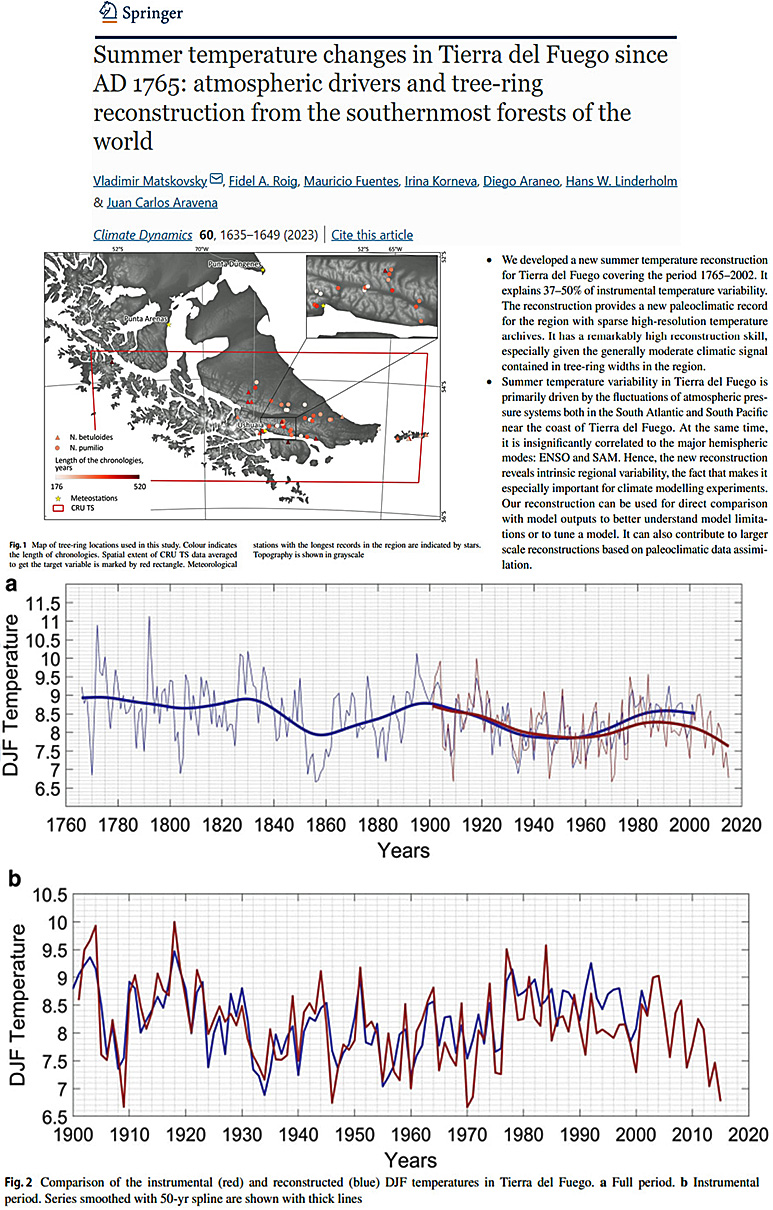
Shaviv et al., 2023
The CR/climate relationship is the only one capable of explaining the magnitude of the observed solar-climate interactions. … The apparent effect that the CRs have on cloud cover automatically explains the size of all the observed solar-related climate variations. … The seven ice-age epochs…over the past billion years have taken place when the CR flux was higher, as the theory predicts. … Decreases in CO2 concentration and the increase in solar luminosity mostly cancel each other out.
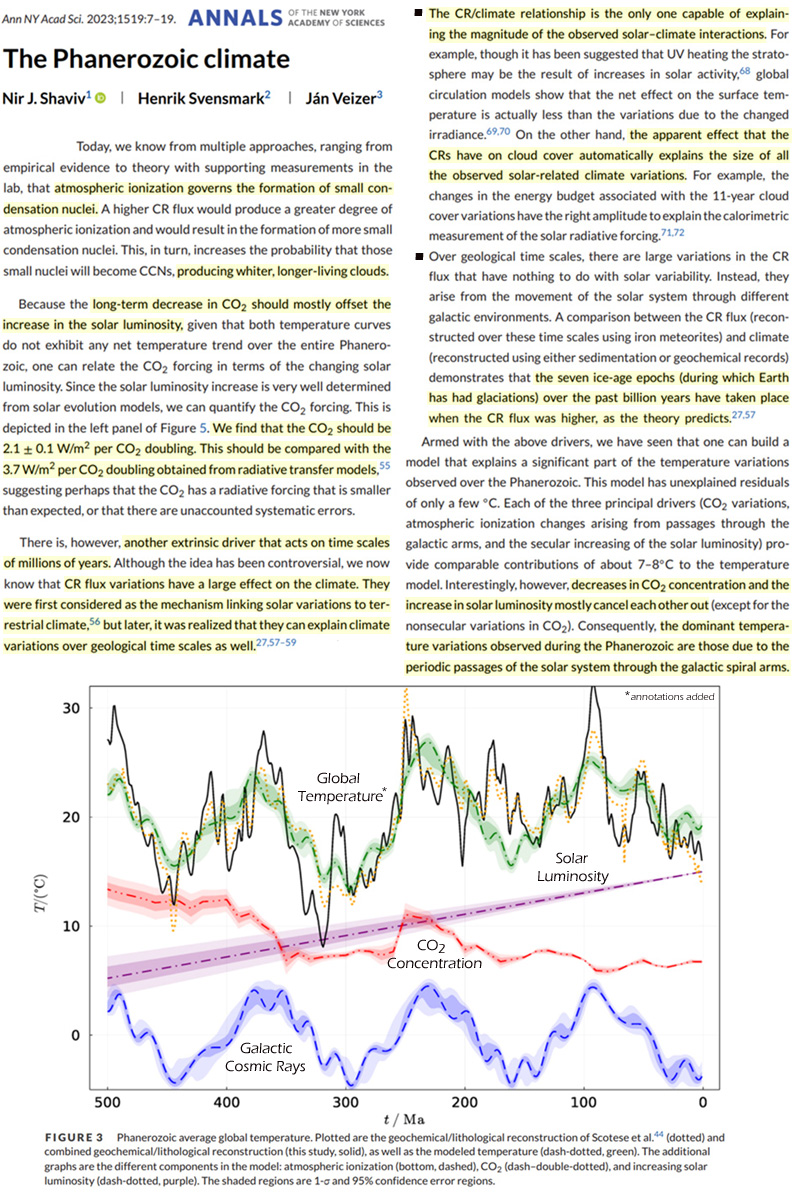
Koutsoyiannis and Vournas, 2023
An enhancement of the greenhouse effect, due to increasing CO2 concentration, through the years would be seen as a gradual displacement of the points from left to right with the progression of time. However, the alignment of the points of the different data sets does not show a gradual displacement from left to right. This means that the effect of the direct CO2 emission at the surface is smaller than the side effects…causing the variability in Figure 2, and thus it is impossible to discern. … Quantification of the greenhouse effect is a routine procedure in the framework of hydrological calculations of evaporation. According to the standard practice, this is made considering the water vapour in the atmosphere, without any reference to the concentration of carbon dioxide (CO2), which, however, in the last century has escalated from 300 to about 420 ppm. As the formulae used for the greenhouse effect quantification were introduced 50-90 years ago, we examine whether these are still representative or not, based on eight sets of observations, distributed in time across a century. We conclude that the observed increase of the atmospheric CO2 concentration has not altered, in a discernible manner, the greenhouse effect, which remains dominated by the quantity of water vapour in the atmosphere, and that the original formulae used in hydrological practice remain valid. Hence, there is no need for adaptation due to increased CO2 concentration.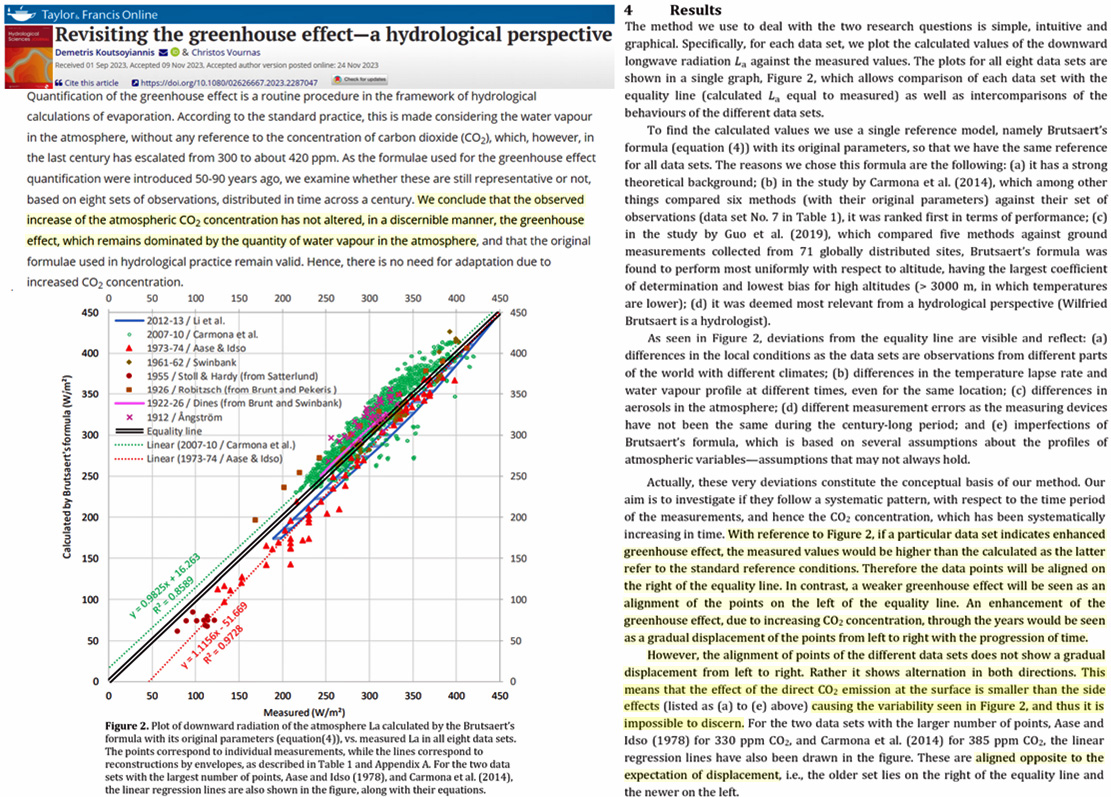
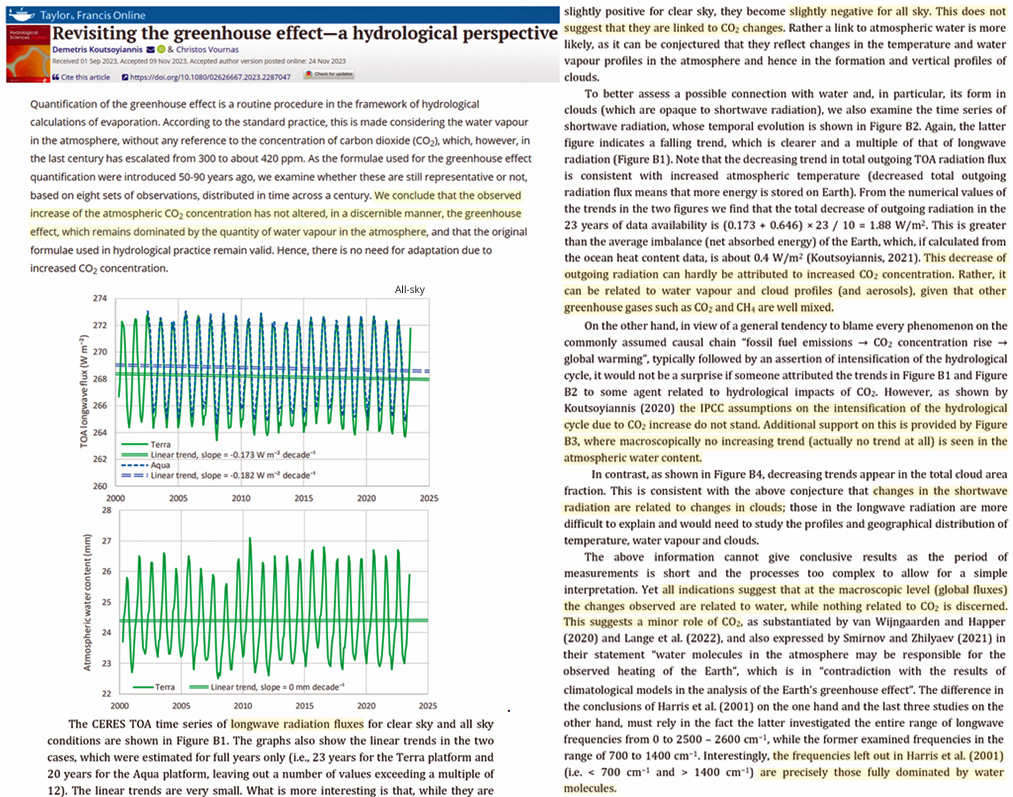
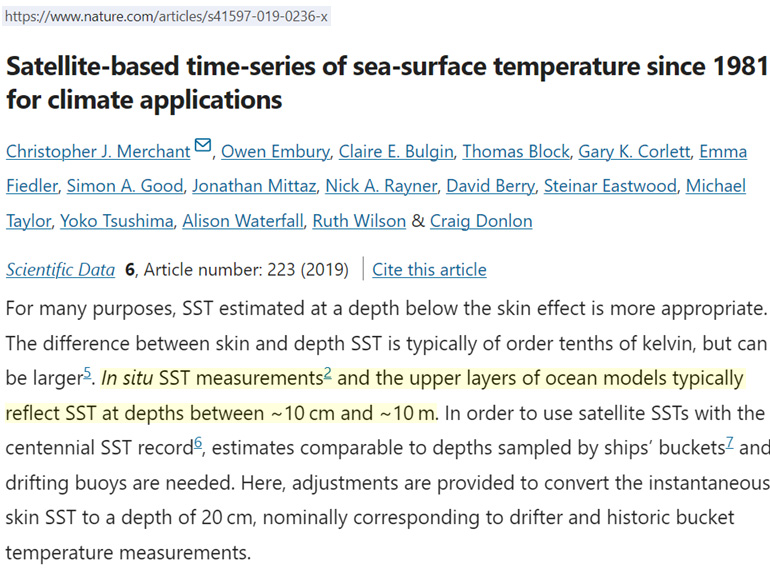
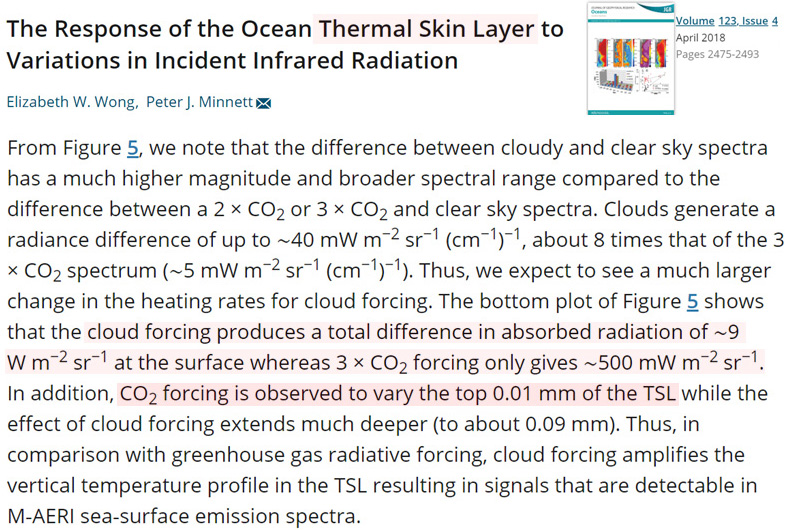
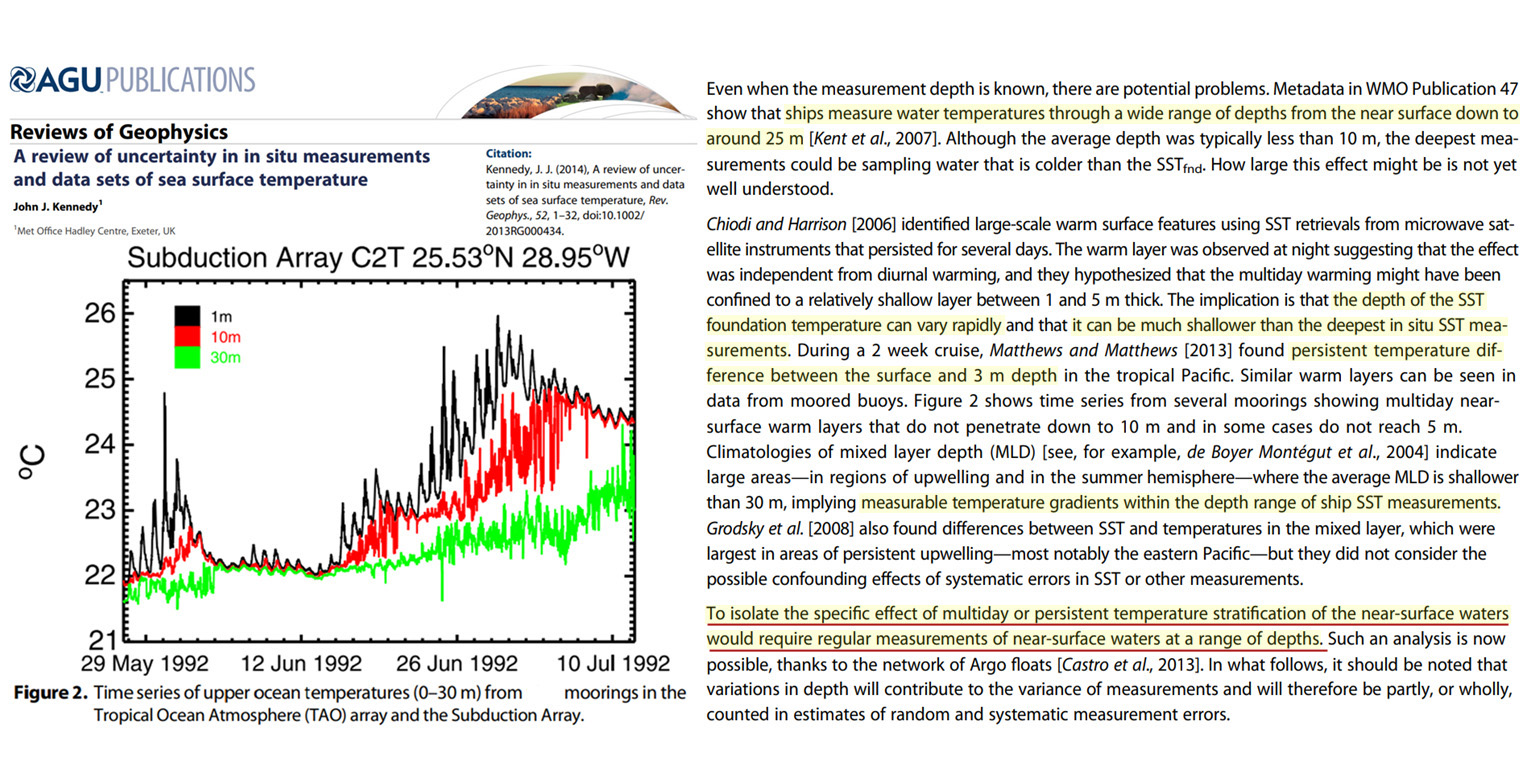
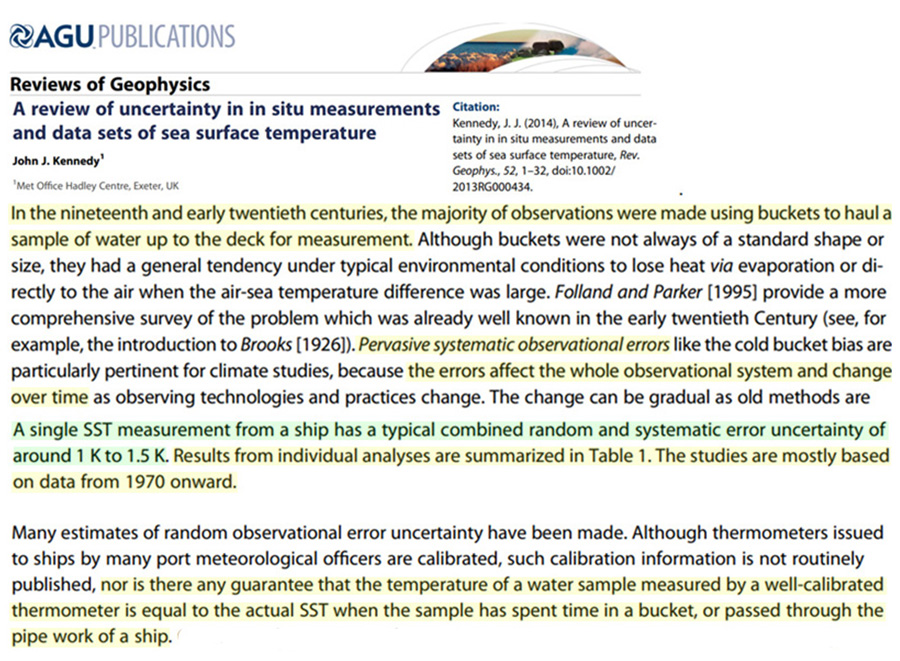




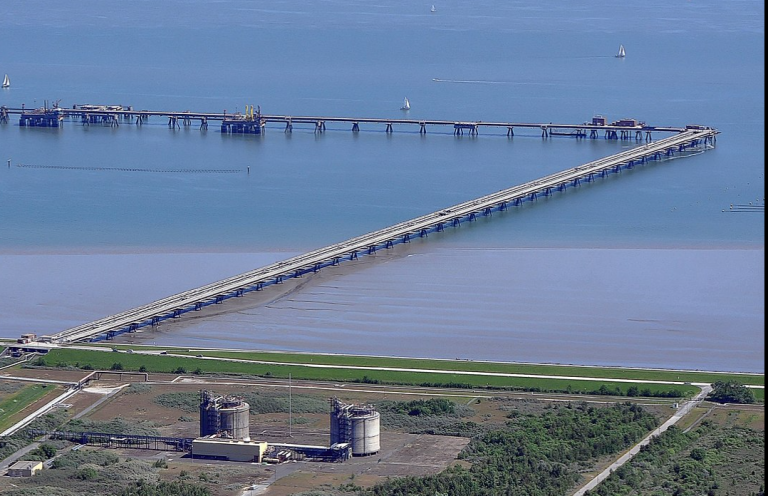
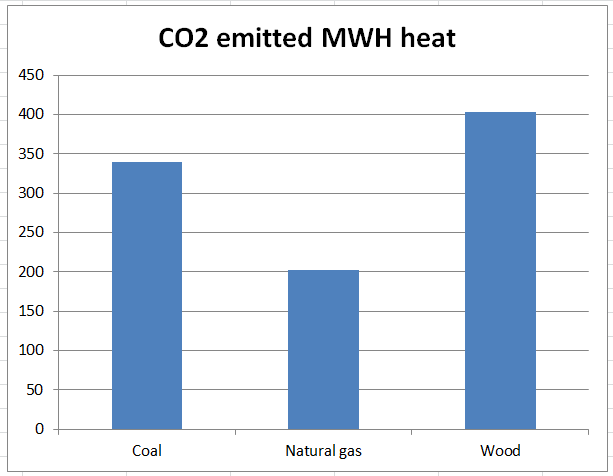

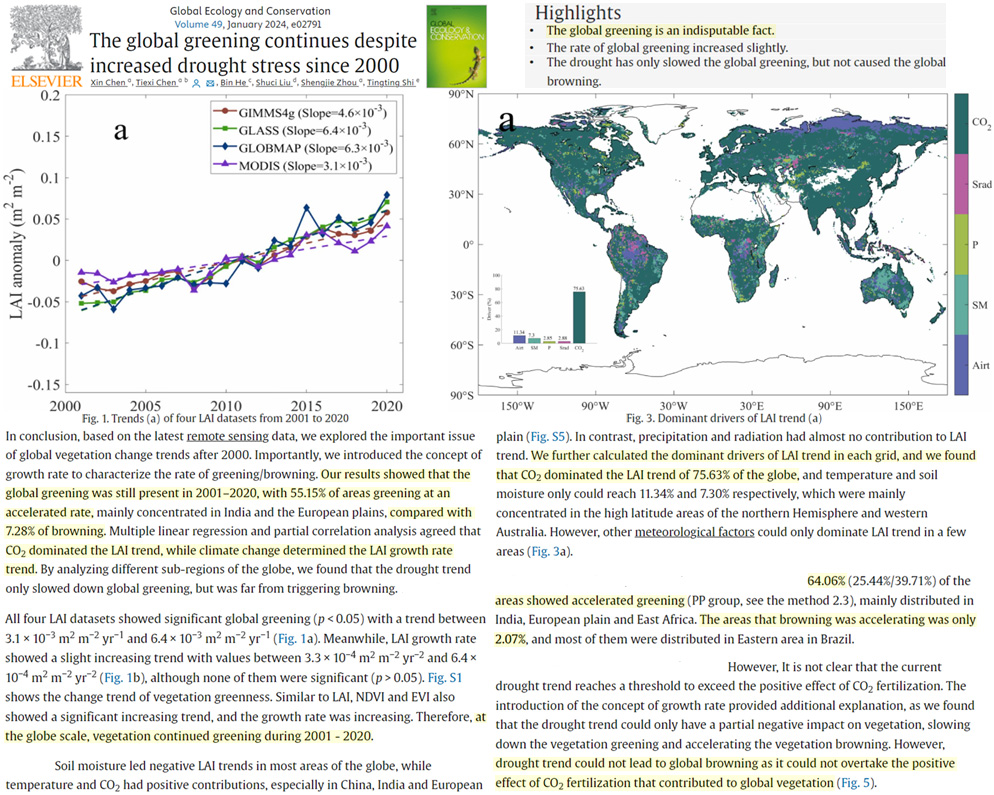
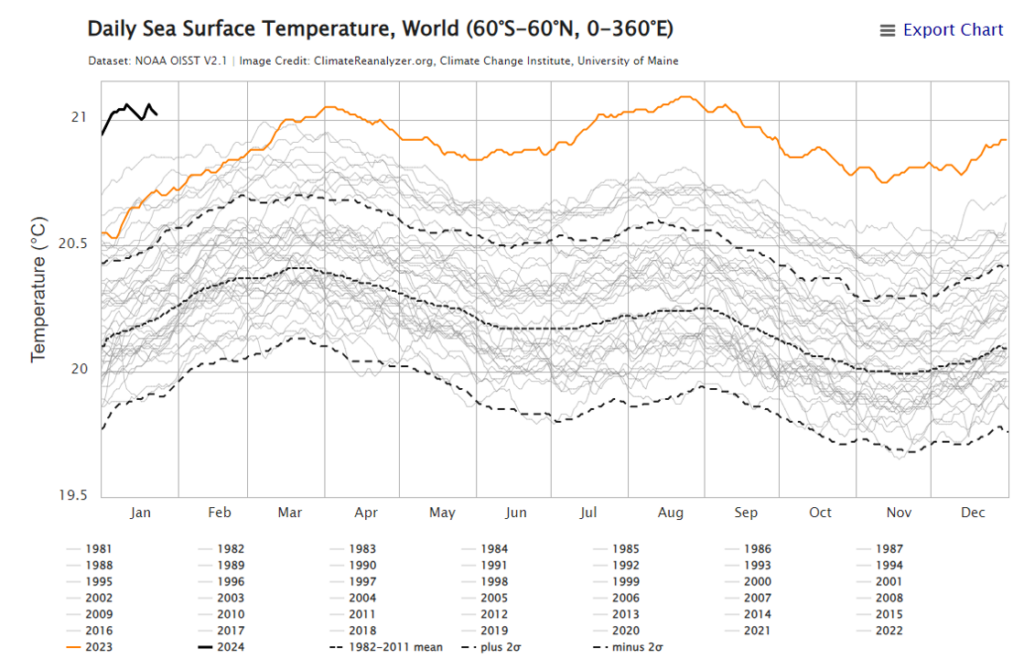
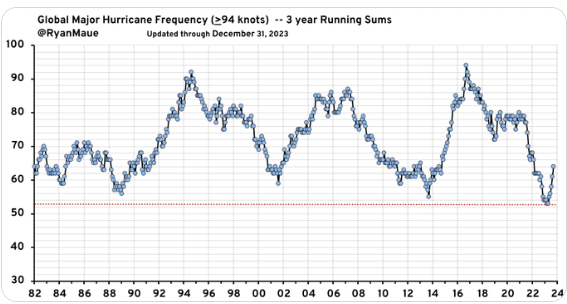
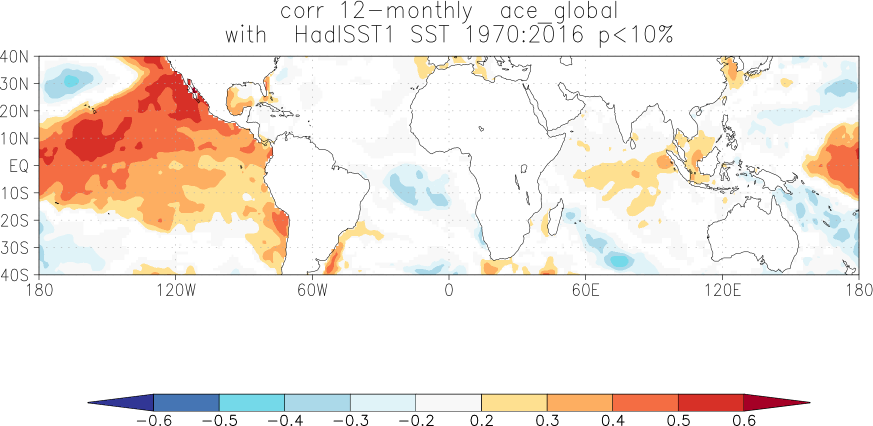
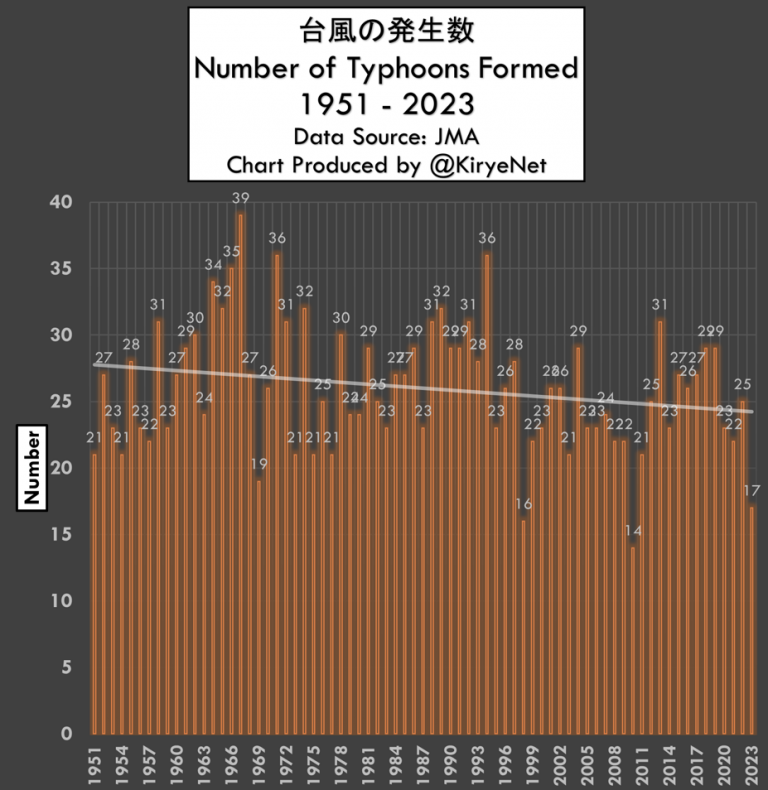
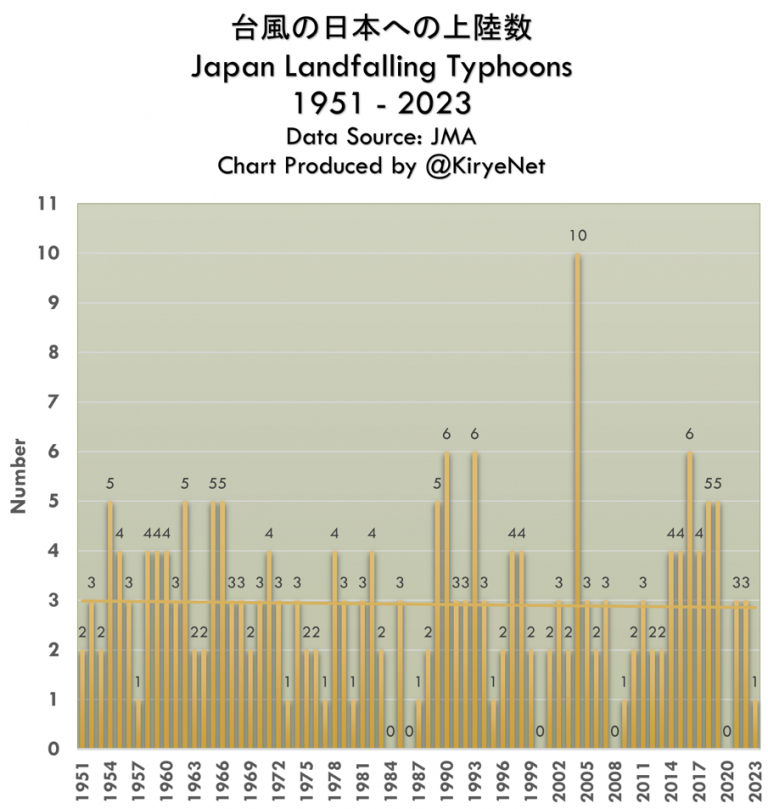
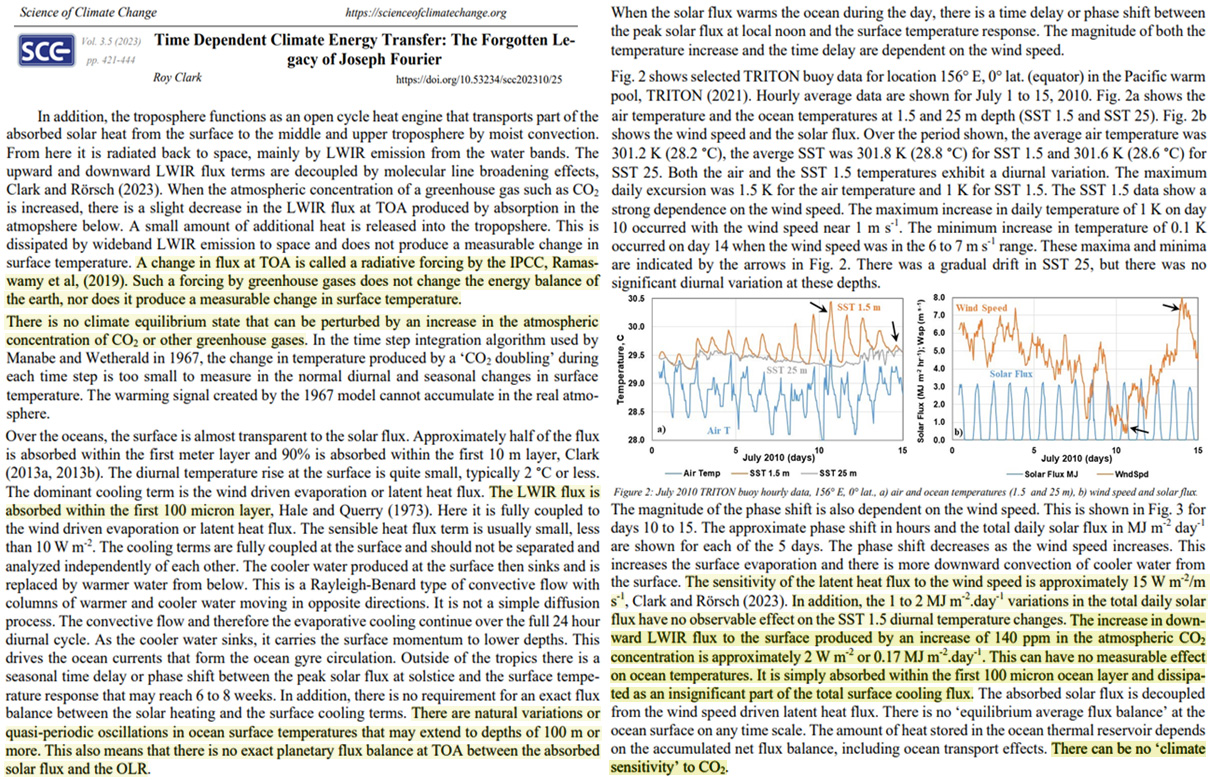





Recent Comments